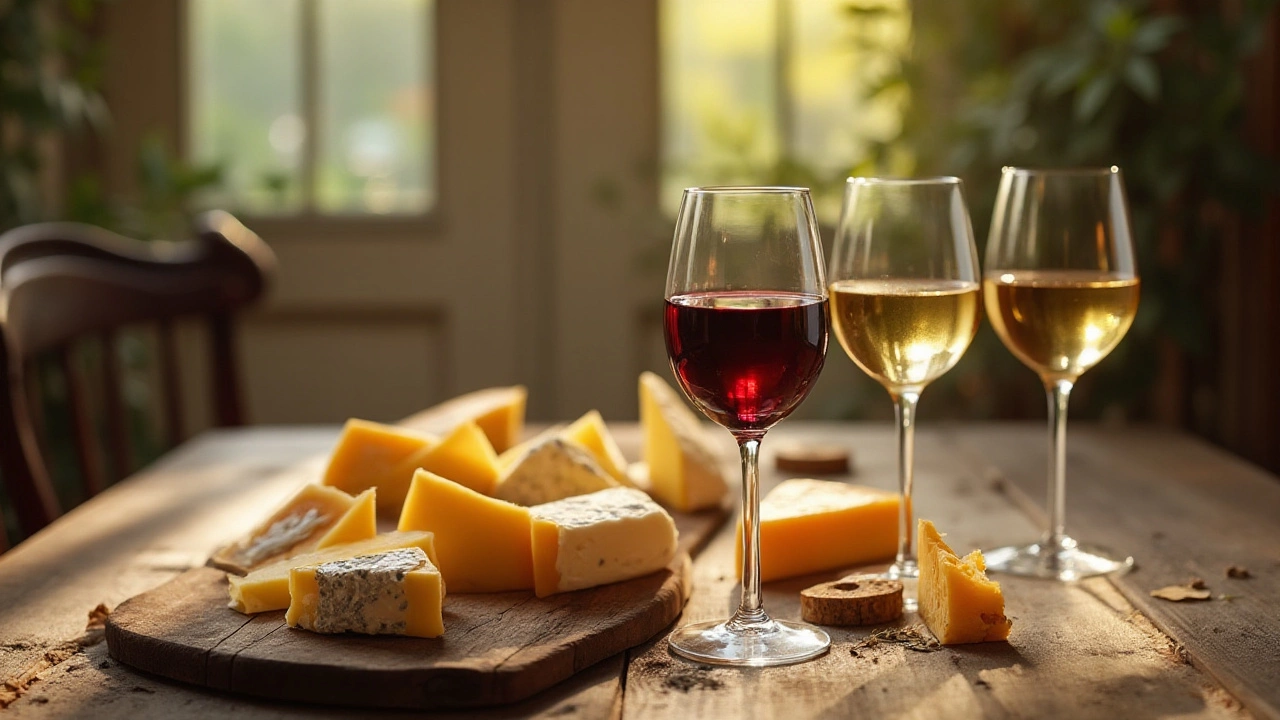Gourmet Food & Beverage: Simple Pairing Guides for Everyday Enjoyment
Ever wonder why a glass of red feels better with a steak, or why a crisp white lifts a salad? It’s all about matching flavors, textures, and weight. You don’t need a sommelier degree to get good results—just a few rules and a curious palate.
Why Pairing Matters
When food and drink complement each other, each bite and sip feel brighter. A harsh wine can overwhelm a delicate dish, while a subtle drink might get lost beside a bold flavor. Knowing the basics helps you avoid those mismatches and turns a regular dinner into a mini celebration.
Think of pairing as a conversation. Both sides should speak at the same volume. A spicy taco, for example, calls for a cooler, slightly sweet beverage—like a Riesling or a light amber ale. The sweetness tames the heat, and the drink stays refreshing.
Quick Pairing Ideas
Here are a few easy combos you can try tonight. No need to hunt for rare cheeses or pricey bottles.
- Soft cheese & sparkling white: A creamy brie pairs nicely with a dry Prosecco. The bubbles cut through the richness, leaving a clean finish.
- Sharp cheddar & dark ale: The malt sweetness balances the cheddar’s bite, making each bite feel smoother.
- Fruit dessert & dessert wine: A slice of apple crumble shines with a glass of late-harvest Sauvignon Blanc. The wine’s honey notes echo the fruit’s natural sweetness.
These pairings don’t require exact measurements—just taste as you go. If something feels too heavy, switch to a lighter drink. If it feels flat, add a touch of acidity with a citrusy wine or a splash of soda.
Our recent post, “Exploring the Art of Pairing Wine and Cheese,” breaks down the same ideas with more depth. It shows which cheeses go with reds, whites, and even rosés. You’ll learn why a buttery Gouda likes a buttery Chardonnay, and why a salty feta prefers a crisp Sauvignon Blanc.
Another tip: match the intensity, not the exact flavor. A robust red like Cabernet can stand up to a rich, aged cheese, while a light Pinot Grigio works best with a fresh goat cheese. The goal is balance, not identical taste.
When you’re unsure, use the “three‑C” rule—Contrast, Complement, and Consistency. Contrast means opposite qualities (sweet vs. salty). Complement means similar qualities (both fruity). Consistency means keeping the overall feel steady (light‑light or bold‑bold).
Finally, trust your own palate. Everyone’s taste buds are different, and what works for a friend might not work for you. Keep a notebook of combos you love, and you’ll build a personal guide faster than any textbook.
Bottom line: great pairings are about fun, not perfection. Grab a bottle, pick a cheese or snack, and see what happens. You’ll soon notice patterns, and the next time you host a dinner, you’ll feel confident picking the perfect drink to match the menu.
Wine and cheese pairing isn't just for gourmet enthusiasts; it's a timeless tradition that enhances flavors when done thoughtfully. Choosing the right combination can turn an ordinary meal into a delightful experience, revealing unique tastes and textures with each bite and sip. With an array of options available, understanding the fundamental principles of matching creamy, sharp, or nutty cheeses with robust reds and crisp whites can open new doors to culinary pleasure. From knowing the type of cheese to identifying appropriate wines, this guide will help you explore successful pairings.
View Details

